When the mayor of Fort Worth, Texas, proclaimed Jan. 14, 2020, as “Fiske Hanley Day” to commemorate the Army Air Force veteran’s 100th birthday, Hanley told a local news outlet, “I turn 100 today. I’m wondering why.”
Reflecting on his harrowing experiences as a B-29 flight engineer whose plane was shot down over Japan during the waning months of World War II, Hanley added: “The good Lord saved me over and over and over.”
Fiske Hanley recently attended a four-day event hosted by the Iwo Jima Association of America at the Hyatt Regency Crystal City in Arlington, Virginia, where he gathered with other survivors to mark the 75th anniversary of the decisive battle. Even among such esteemed company, Hanley was a celebrity.
During a brief respite in the festivities, which were the last of their kind in the Washington, D.C., area, Hanley revealed to the Washington Examiner what he has learned during his century of life, as well as what sustained him during five torturous months as a 25-year-old “special prisoner” of the Kempeitai, Japan’s brutal military police.
FIRST IN FLIGHT
Born Jan. 14, 1920, in Brownwood, Texas, Fiske Hanley II showed an early aptitude for engineering. As a boy, he took a special interest in the newly invented airplane, recording as one of his earliest memories a ride in a Ford Trimotor when he was 6. At 17, he won a national award for breaking a world record when a motorized model he built flew over 20 miles for more than 50 minutes.
When Japan attacked Pearl Harbor in December 1941, Hanley obtained a draft deferment as a junior working toward a degree in aeronautical engineering at Texas Tech University. Less than 24 hours after graduating in May 1943, the 23-year-old Hanley was by himself on a train headed to cadet basic training in Boca Raton, Florida. There, he endured three months of rigorous, 16-hour days in the sweltering summer heat. The men would also occasionally march all night and camp out in the mosquito-ridden swamps.
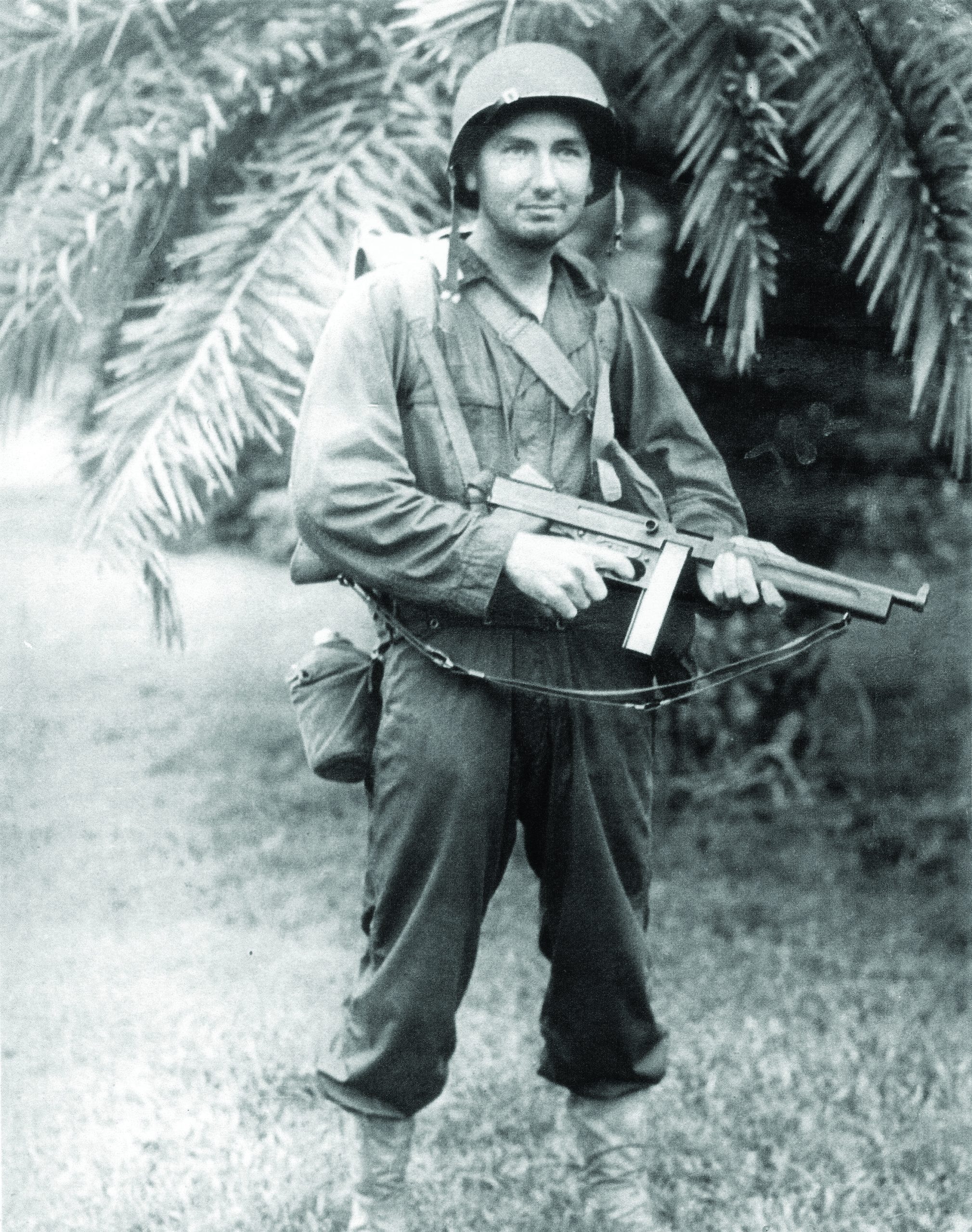
Because of his engineering background, Hanley spent another six months of technical training at Yale, after which he became a second lieutenant and learned he had been assigned to become a B-29 flight engineer. Hanley and around 20 of his fellow officers traveled by train from New Haven, Connecticut, to the Boeing factory in Seattle, where over the next three months, they learned to navigate the complex instruments of the new B-29 Superfortress.
Boeing rolled out the B-29 in 1944 to accommodate the expanse of the Pacific theater, which required a heavy bomber that could fly more than 3,000 miles. The new technology, which cost around $1 billion more than the Manhattan Project, would eventually deliver the atomic bombs that ended the war, but it was still replete with glitches that cost some crews their lives.
BAPTISM BY FIRE
Assigned to the 398th Squadron of the 504th Bombardment Group in the Twentieth Air Force, Hanley further trained with his 11-man flight crew in Nebraska before heading out to the remote Mariana Islands, which the United States had secured from the Japanese months earlier.
Two days before his 25th birthday in January 1945, Hanley and his crew arrived on Tinian Island, a small but critical launching point. From there, they would disembark to attack the Japanese mainland and other targets in the Pacific, including Iwo Jima. After 35 missions, Hanley and his crew could go home.
Their seventh mission was to drop 12,000 pounds of mines in the Straits of Shimonoseki, a strategic stretch of water that separates Japan’s main island of Honshu from its southern island, Kyushu. Hanley still remembers vividly the beauty of the sunset as it dipped below the ocean during their seven-hour, 1,500-mile journey from Tinian to the strait. For most of his crew, the sunset on March 27, 1945, was the last one they saw.
Contrary to U.S. intelligence, the Japanese were well-prepared that night for the B-29 onslaught against Shimonoseki. The powerful battleship Yamato lurked in the strait, its guns aimed skyward. Shortly after dropping its payload, Hanley’s plane was lit up with blinding searchlights, followed by a deafening barrage of anti-aircraft fire from below.
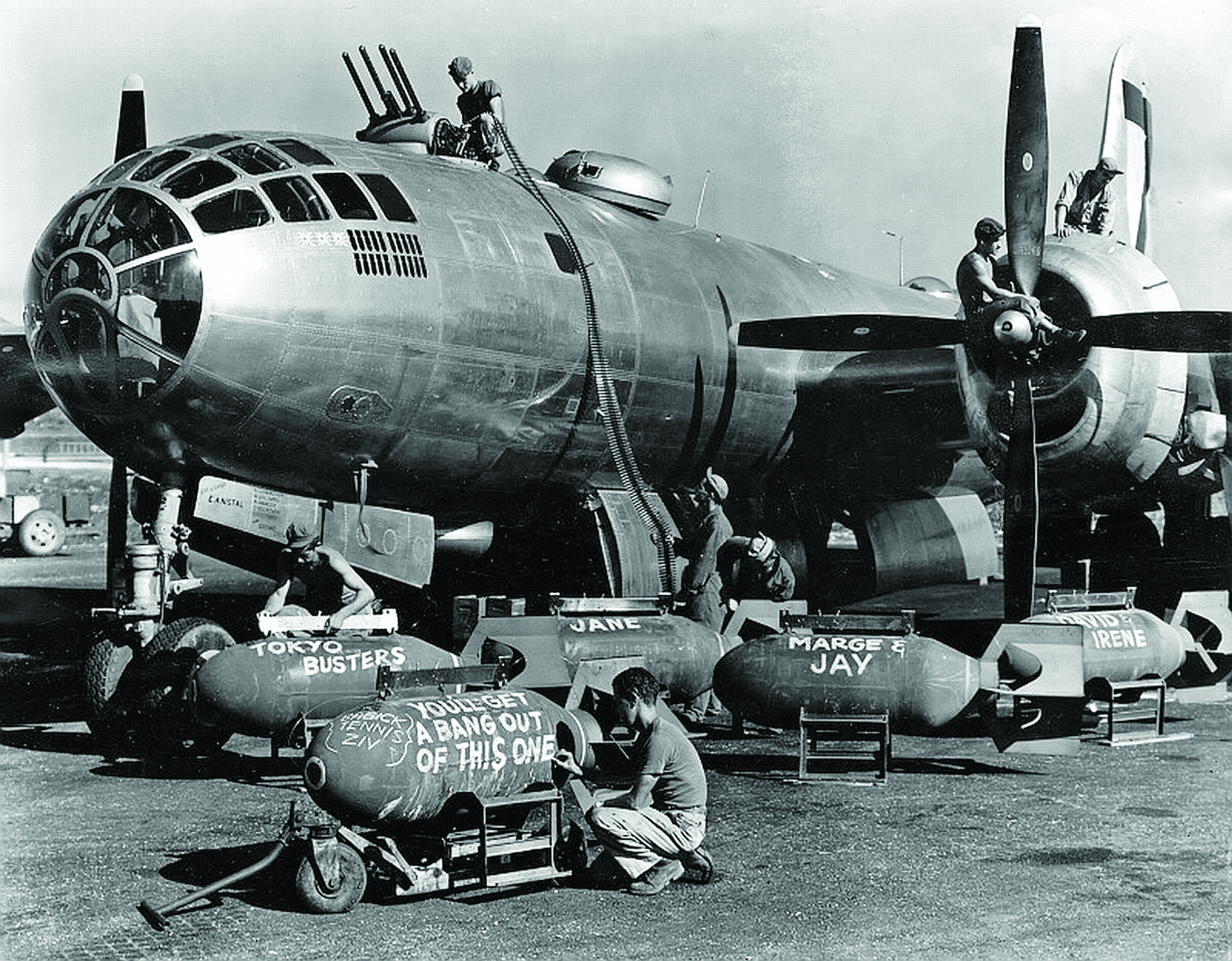
“I had no idea what was happening to our engines or electrical or hydraulic systems,” Hanley recalled. Relentless flak bursts caught much of the plane on fire and rendered his gauging instruments useless. He was suddenly struck from beneath his seat, hurling him upward; a metal shield he had fixed below him saved his life. Some of his crewmates were engulfed in flames as they opened the bomb bay hatch in an attempt to extinguish the blaze.
Choking on the smoke filling the darkened cabin, Hanley found himself “isolated and alone” as the heat became intolerable. Losing consciousness, he prayed for deliverance. Suddenly, the nose gear extended, and he was able to bail out behind co-pilot Al Andrews, the only other survivor of his crew.
As he passed through the fire billowing from the underside of the plane, Hanley singed the hair off his head and burned his exposed hands as he fumbled to find his parachute’s ripcord. “While I was still airborne after parachuting, I saw it crash,” he said. Gliding over 5 miles of farmland on the outskirts of Kokura, an ancient castle town, he smelled the putrid stench of human waste used as fertilizer as he touched down in a rice paddy.
Hundreds of rural Japanese civilians had watched Hanley during his descent, anticipating where he would land. The group of men, women, and children fell upon him “like a pack of crazed and starved animals after raw meat,” beating him with their fists, clubs, and sharp bamboo sticks.
Hanley raised his arms to protect his scorched head, screaming in desperation as he considered unholstering his pistol to shoot his assailants or even himself. For all his many months of training, he had never been taught how to surrender. He cried out for God to save him.
‘ALL WE COULD DO WAS PRAY’
Hanley is not dogmatic about his religion but remains adamant that divine intervention repeatedly saved him from certain death. During our interview, his eyes lit up when I asked him if his Christian faith sustained him. “Oh my gosh. Wonderful. Absolutely.” The horror of how he and his fellow prisoners were treated, Hanley said, meant “all we could was pray.”
He pulled from his briefcase a type-written sheet of paper that listed 14 specific times when he believes God responded to his prayers by rescuing him. First was the narrow escape from his B-29 as it plunged “like a fiery cross in the sky.” Next was the tall, black-clad Japanese police officer who emerged from the early morning darkness to whisk him away from the savage mob trying to beat him to death.
Tying a rope around Hanley’s neck, he flagged down a sputtering fire truck heading toward the crash site and ordered it to reroute to the mayor’s office. Hanley sat shaking and in shock as he was interrogated through an interpreter by the mayor of Ueki, a small town outside of Kokura. He began to realize the seriousness of his injuries when the flak wounds on his backside soaked the mayor’s plush couch in blood.
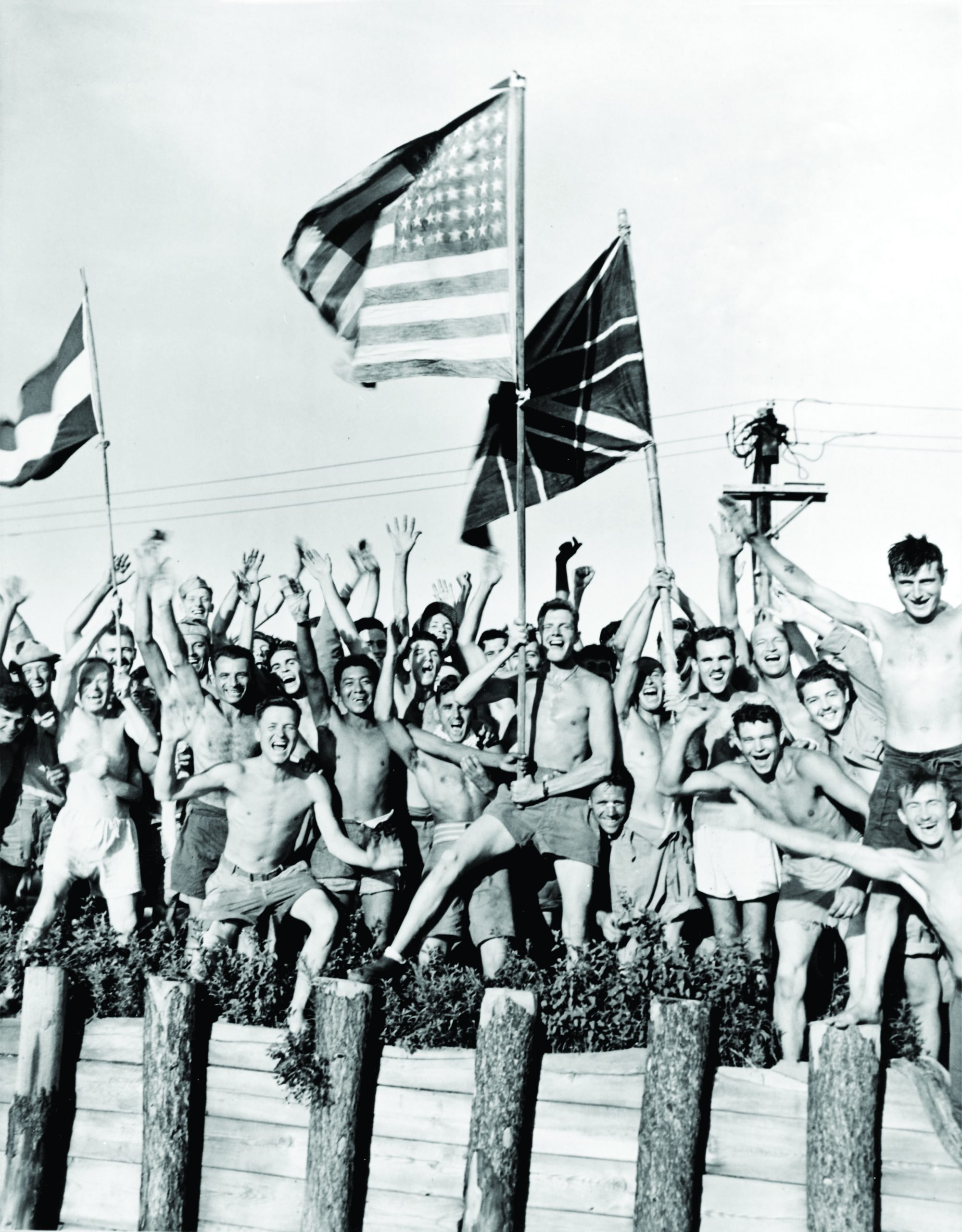
After receiving medical attention, he was detained shortly in a dim, straw-covered room until several heavily armed Kempeitai soldiers arrived. They struck him, blindfolded him, handcuffed him tightly, and threw him into the back of a truck, where he reunited with Al Andrews and others taken captive.
The Kempeitai took an exhausted Hanley to a military base in Kokura, where he was dragged in his blood-soaked clothes before sharply dressed, high-ranking members of the Japanese military. They interrogated him about his mission over Shimonoseki, which had dealt a decisive blow to the Japanese navy on the eve of the Okinawa invasion.
The answers he gave them were presumably inadequate, because Hanley was taken outside before a firing squad. He quietly bowed his head, expecting death. When he offered no further information, the guards relented and returned him to his cell.
A source of comfort was a small, kind Japanese man whose duty was to distribute rice balls to prisoners. He enjoyed speaking English and engaged Hanley often in conversation. “I am Christian,” he said quietly, to which an astounded Hanley replied, “I am a Christian, and the good Lord saved me from death.”
On Sunday, April 1, he brought Hanley a bowl of beef stew, which had become a rare delicacy even among the Japanese. “Today is Christian day!” he whispered to him, reminding him it was Easter. “Secret, no tell guards.”
“My faith meant everything at a time like this. It kept me sane and gave me hope,” Hanley remembered. He passed the long, dull, and painful hours quietly reciting portions of the Bible he knew or completing math problems in his head.
“My prayers gave me the comfort and strength to face a bleak future,” he said.
ACCUSED WAR CRIMINAL
Ten days after he was captured, Hanley and the other prisoners traveled by train through the picturesque Japanese countryside, heading about 600 miles north to Tokyo. Arriving in the heavily bombed city, they were transferred to the Kempeitai headquarters, a four-story building across a moat from the Imperial Palace. There, he learned he was a “special prisoner.”
A small, vicious man named Yasuo Kobayashi, whom the Americans referred to as “Shorty,” bellowed at Hanley when he arrived: “You are an accused war criminal subject to a war crime trial and execution. Because you killed innocent women and children, you are designated a special prisoner by Imperial Japanese military headquarters.”
He further explained that because of his “special” status, Hanley was even lower than a prisoner of war and would be given no medical attention, as well as half-rations of worm-infested rice balls. He should expect to die in the darkness of his insufferable dungeon.
In his book, Accused War Criminal, Hanley describes in heart-wrenching detail the months of torture to which he and his fellow prisoners were subjected. Many did not survive. The rags they wore were infested with fleas and lice. Pilots who had been shot down with severe burns were tossed into cells and ignored, screaming day and night until they succumbed to their wounds or were killed. Any prisoners who got diarrhea were starved to death. Beatings and pointless interrogations were routine.
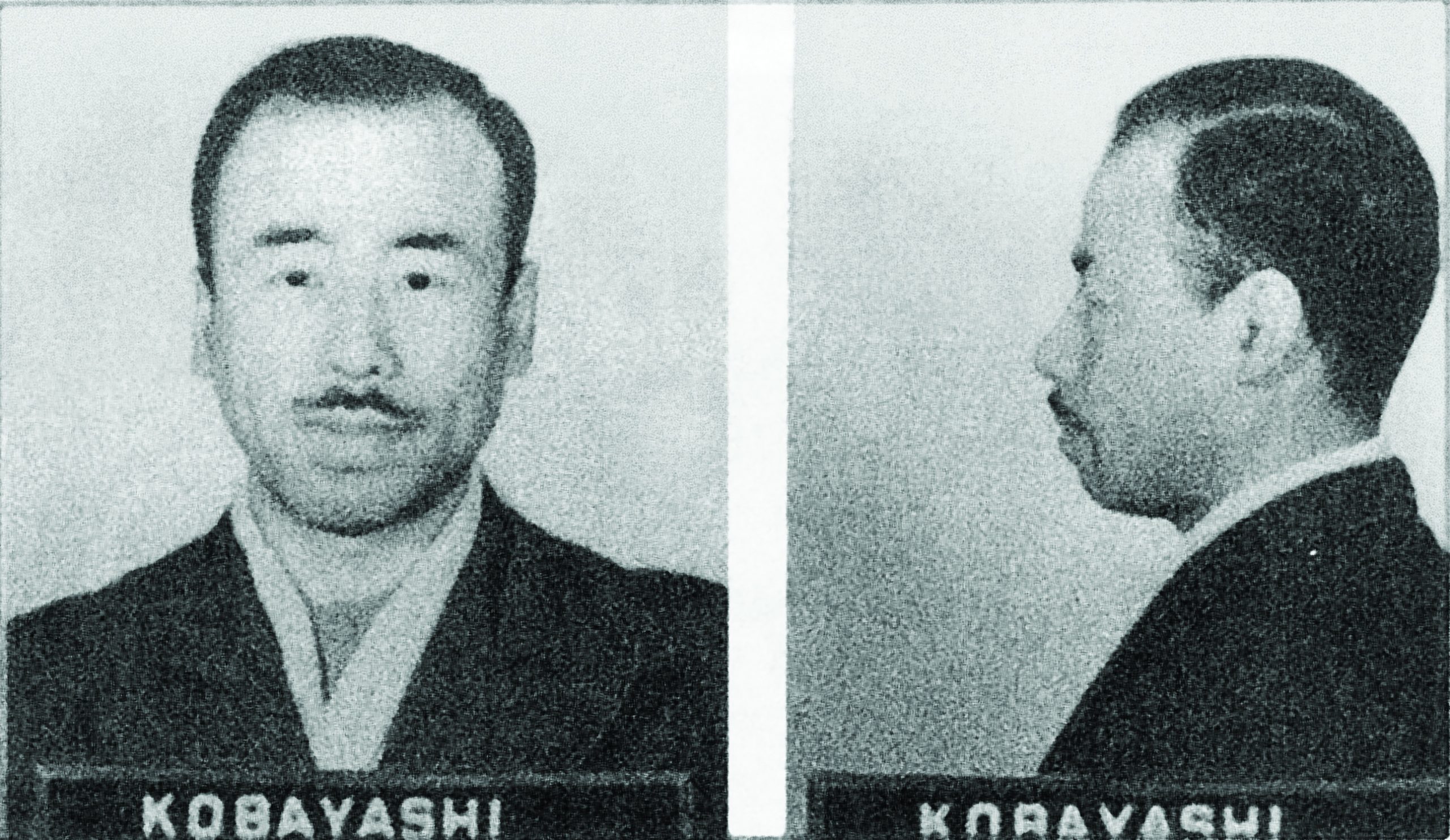
Like in Kokura, Hanley found comfort in a Japanese friend who shared his faith. Sugai, an Episcopalian professor at the University of Tokyo who had studied in the U.S., was unsure what the charges were against him. Kempeitai could arrest anyone without due process, including those they wished merely to use as a means to terrorize Japanese civilians. The two prayed together every night until Hanley was transferred to a different cell, which happened frequently and for no reason.
As the war neared its end, the dungeon continued to crowd until there were eight men crammed into the 9-by-5-foot cells. They slept on their sides to obtain what fitful sleep they could, with one of them wrapped around the latrine hole in the corner. During one of his daily interrogations, Hanley was offered the opportunity to escape if he would participate in Japanese propaganda. When he refused, Kempeitai medics gleefully stabbed the flak wounds on his backside with infected swabs.
Shorty would daily come into Hanley’s cell to beat and mock him, saying his situation was hopeless and that his wounds would soon kill him. “It was a great satisfaction to me that, one day at a time, I was to prove him wrong,” he wrote, though the hatred building inside him threatened to choke out the prayers that kept him going. “I often worried God would not hear me through so much hate.” He tried to pray for Shorty, though it proved difficult.
AVENGING ANGELS
On Tinian, a friend he knew from Texas who worked for Gen. Robert C. Richardson told Hanley that the U.S. planned to invade the Japanese mainland on Nov. 1, 1945. He kept this date fixed in his mind throughout his ordeal, hoping that with the invasion would come his liberation. As he weakened from starvation through the summer months, he began to doubt if he would live long enough. His weight dropped to 70 pounds.
The intense bombing raids they had heard over Tokyo in July had stopped by August, but rumors circulated in the dungeon that the U.S. had obliterated entire cities with a new weapon. On Aug. 15, a day after the emperor surrendered, Hanley saw sunlight for the first time in months. The guards led the nearly 100 prisoners outside by rope leashes and piled them into trucks.
Unsure of what was happening, Hanley was disturbed by how friendly Shorty was to him as their trucks rumbled through an utterly devastated Japanese capital. They had stopped hearing air raids in July because Tokyo had been destroyed. The men were taken to Tokyo Bay and allowed to strip and wash themselves in the water. They wept as they bathed. Shorty ordered for them to be machine-gunned, but his soldiers refused.
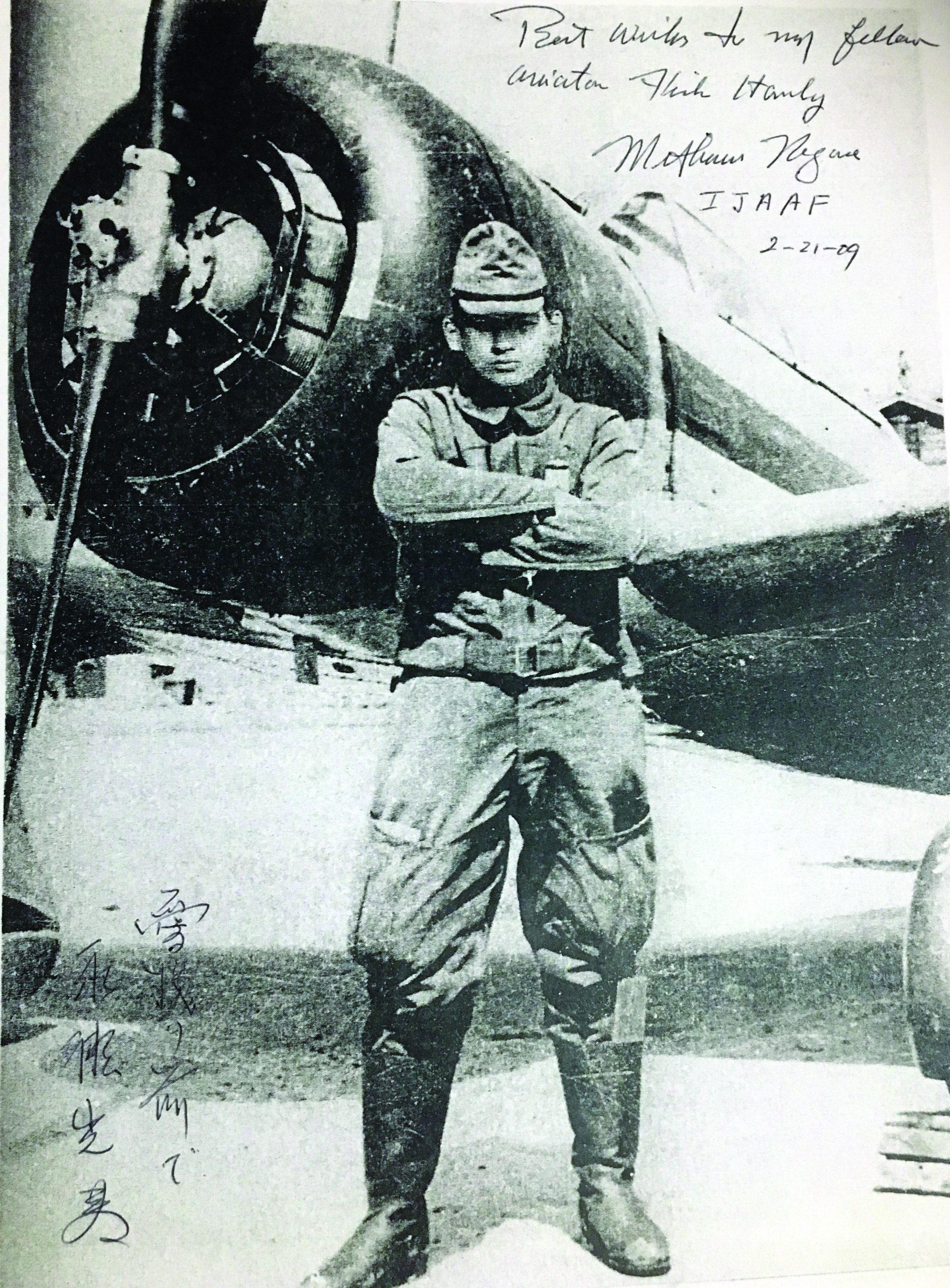
Hanley tossed a look behind him at Shorty as the Kempeitai transferred his group to the Japanese army, which would take them to Camp Omori in the bay. He never saw his chief tormentor ever again. Shorty would be sentenced to 40 years of hard labor for his war crimes but was released early and established himself in Hawaii.
To Hanley, the infamous Camp Omori “looked almost like a resort.” He was allowed to eat, shower, and sleep in a bed. He mixed with interesting prisoners from several Allied countries. As the end of the war became apparent, planes dropped food and supplies.
On Aug. 28, a pilot dropped a message announcing their imminent liberation.
Hanley watched the sun rise over the bay the next morning. “I promised myself and my Maker that if I could be liberated this day, I would enjoy every sunrise I could witness for the rest of my days.” Later that day, the boys screamed for joy as a Navy-Marine task force approached in boats adorned with the American flag. U.S. Marines armed to the teeth disembarked and seized the camp without incident.
“They were the toughest, meanest-looking combat troops I had ever seen,” Hanley said. “They looked like avenging angels come to save us.”
Hanley was on the last boat out to the gleaming white hospital ship USS Benevolence, where soldiers were given adequate medical treatment. From there, they could view the deck of the USS Missouri as Adm. William Halsey accepted the surrender of Japan.
While recovering at Letterman Hospital in San Francisco, he was awarded the Purple Heart before receiving an urgent call to return to Texas immediately.
Hanley’s parents had been told their son was likely killed when his plane crashed, but Claude and Esther Hanley, born 1882 and 1897, respectively, held out hope. Describing his return home just weeks before his father died of cancer, Hanley wrote, “My mother and I stood on the porch and held onto each other. She said, over and over again, that she never doubted that I was alive and would be coming home. I told her that there were times when I wasn’t so sure.”
‘YOU BURNED MY HOUSE DOWN’
After the war, Hanley distinguished himself with a long engineering career at General Dynamics in Fort Worth, where he contributed to the designs of the Saturn V rocket and the F-16 fighter jet, among other things. He was an executive at the company when he met Mitsuharu “Bill” Nagase, who would help him heal from some of his spiritual wounds.
Born in 1929 in Nagoya, Japan, Nagase had been slated to die for the emperor as a 15-year-old kamikaze pilot until the war ended four days before his mission. While he was working for U.S. occupation forces, a colonel took a liking to him and sponsored him to move to the U.S. and attend Texas Christian University in Fort Worth. He went on to marry an American woman and work as a program analyst for General Dynamics.
Sometime in the 1970s, Hanley found himself facing Nagase from across his desk. During a 2012 joint interview in which they spoke of forgiveness, Hanley described his lingering anxiety when Nagase came into his office one day about some work-related problem. “I asked Bill what his origin was and he said Japanese. And I thought, ‘Uh-oh.’”
Learning he was from Nagoya, Hanley told Nagase, “I bombed Nagoya.” To which he replied, “You burned my house down.” Thumbing through his flight record later, Hanley realized he had flown on the raid that killed Nagase’s family.
“He and I became good friends,” Hanley said. The two would attend gun shows together and speak at veteran events. “I even had him talk to a bunch of Marines one time, and he was scared to death. I said, ‘I’m meaner than they are.’ So, I protected him. The next year, he was their speaker, drinking beer with them and having a great time.”
‘THAT’S WHEN I FORGAVE’
In the passage of his book describing his savage beating at the hands of rural Japanese civilians, Hanley reflects mercifully on their pathetic situation under evil rulers: “What would an American mob have done if a Japanese airman parachuted in their midst right after Pearl Harbor? What would I have done if people near and dear to me had been killed by the enemy?”
“I wondered if Japanese peasants really knew what the war was all about or if they knew that Japan had fired the first shot. Probably not. They were probably told only what the emperor and military wanted them to know.”
Akihito, who assumed the imperial throne in 1989 upon the death of his father, wartime emperor Hirohito, requested five Americans imprisoned by the Empire to appear before him in 2015 so he could apologize. Hanley was one of them.
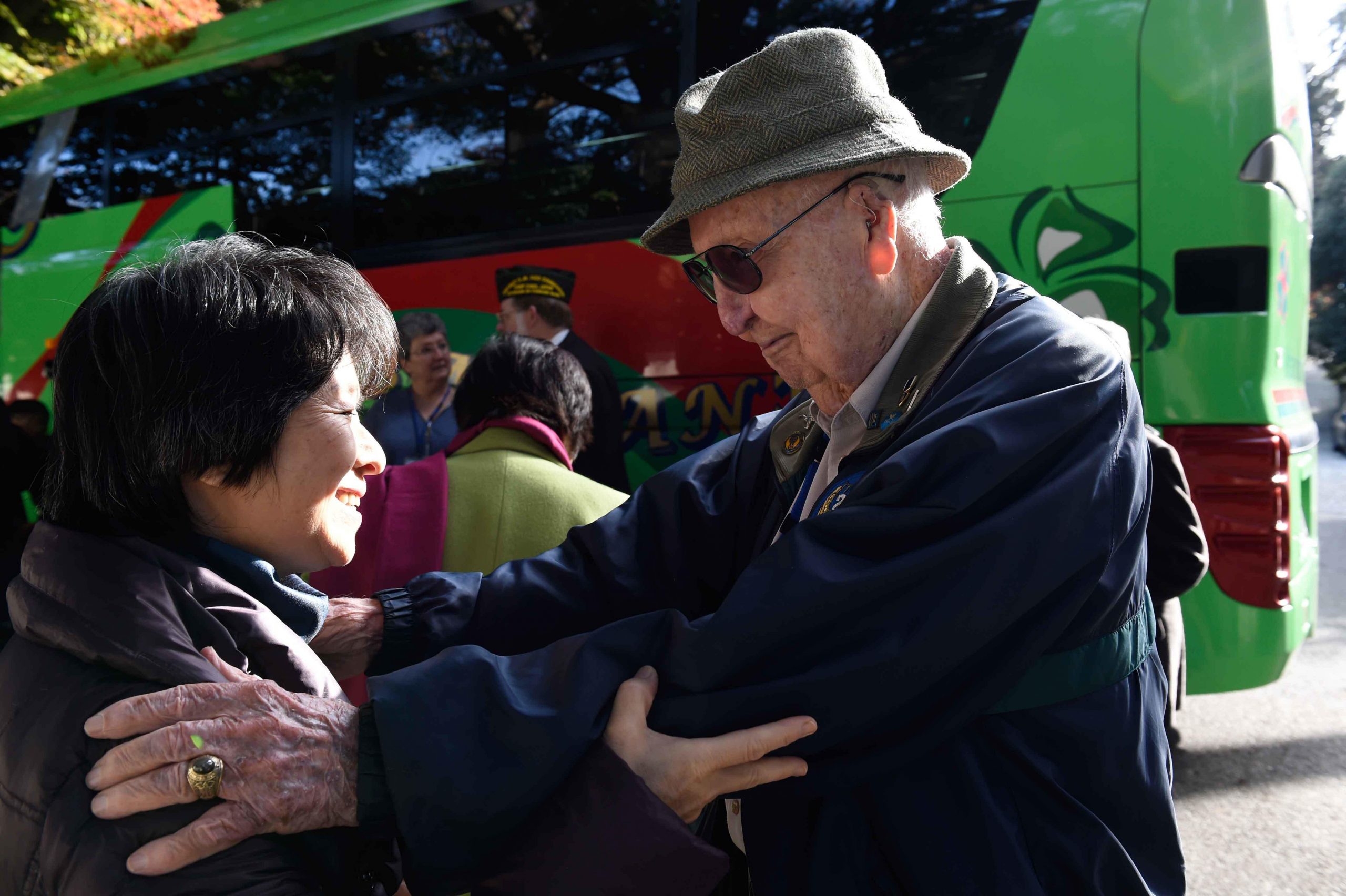
With the aid of the U.S. State Department, Hanley and four others returned to Japan for what he described as a “two-week, paid, wonderful trip.” All five of them had been imprisoned in Tokyo and toured the facilities where they had languished 70 years before.
Wishing to revisit the region where he had been shot down, Hanley “asked the Japanese Embassy if I could fly 600 miles south to a place called Yahata, down in southern Japan. They said yes.” There, he visited a small village, where he attended a solemn memorial ceremony in which the rural Japanese honored the remains of at least four American soldiers they had kept at their shrine.
“The Japanese don’t keep remains, but this little, bitty village did,” Hanley remembered, who later helped return them to the U.S. “There were about 100 ordinary Japanese citizens there at the ceremony, and that’s when I forgave the Japanese.”
Before wishing him goodbye, I asked Hanley what advice he would give to those who might someday face a trial by fire like he did. His reply, though steeped in the wisdom of a century, was short and to the point: “Pray to God.”
Jon Brown is the deputy breaking news editor for the Washington Examiner.





